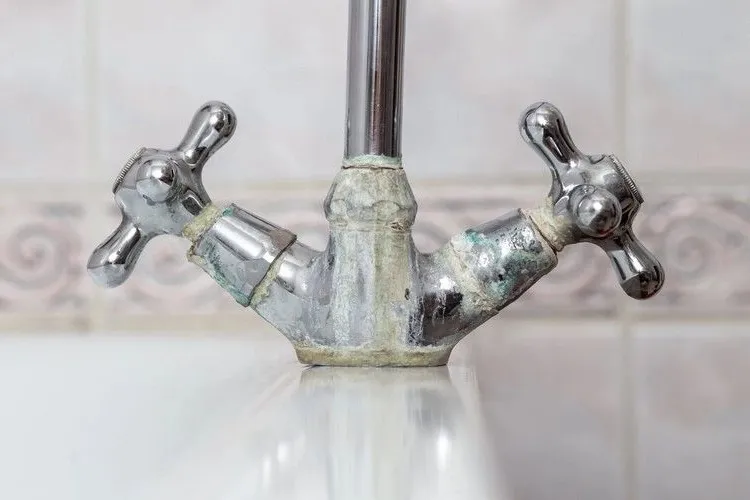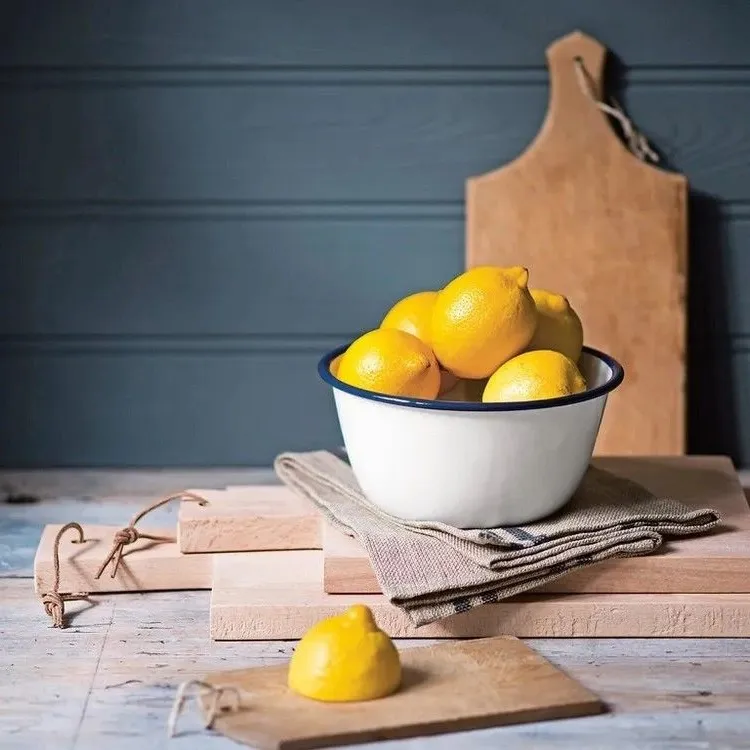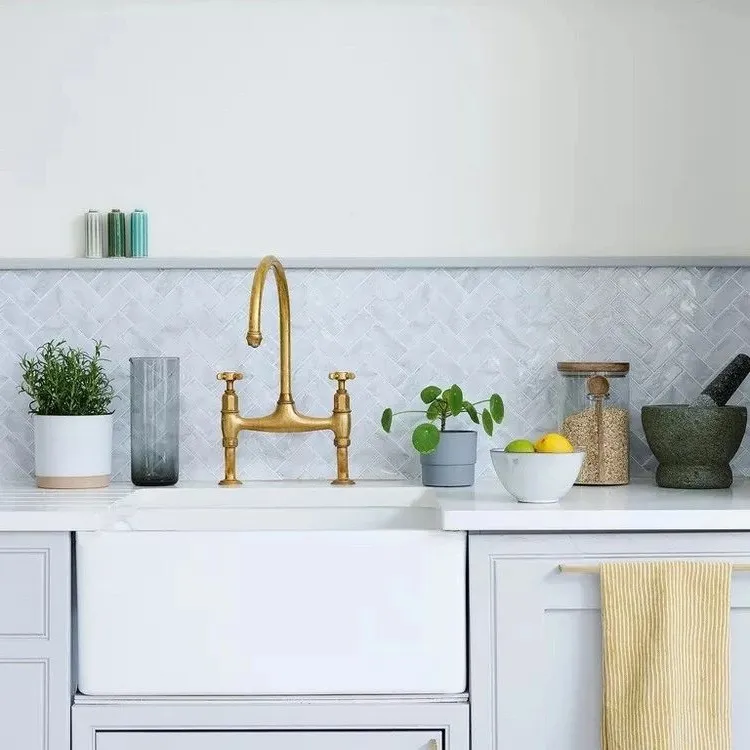If you want a shiny bathroom, then you should know how to remove limescale deposits. These milky-white layers build up wherever water flows and are difficult to remove, especially if you have hard water. So, if you’re wondering how to descale bathroom faucets, we’ve got the answer for you!
Limescale can sometimes feel like the worst enemy of a clean bathroom – it’s unsightly, difficult to remove, and settles almost everywhere, including on the tap, shower head, and mixer tap. But if you’re wondering how you can descale these and the bathroom fittings, you’re in luck – because in this article we have described some methods with home remedies that you can use to scrub the annoying layer!
How Can You Descale Bathroom Fittings Using Home Remedies?
Composed primarily of calcium and magnesium, limescale is the residue left behind when hard water evaporates. Limescale becomes more difficult to remove the longer you allow it to build up. Why is that? Because the minerals it contains harden over time and can cause irreparable damage to your faucet, shower head, mixer tap, etc. We therefore strongly recommend that you regularly use the proven methods in this article to easily descale your bathroom fittings without damaging them!
Limescale Deposits with Lemon…
Because of their acidic nature, lemons can break down limescale very successfully. However, make sure that you rinse thoroughly with water after using this method. If you leave the lemon on for too long after descaling, it can cause further damage to your taps.
What you need:
- A lemon (or lemon juice)
- Toothbrush (clean)
- Paper towel or microfiber cloth
- Zip pouch
- Rubber band
For a small amount of build-up on your faucets:
- Rub on the lemon juice and scrub gently with a cloth or toothbrush. You can also spray it if you put the lemon juice in a spray bottle first.
- Then rinse it with water.
- Wipe the bathroom fixtures with another dry cloth.
If you have a larger limescale deposit:
- For the faucets themselves, soak a microfiber cloth or paper towel in lemon juice.
- Then place it over the faucets and leave it there for about an hour.
- Fill the zip bag with lemon juice and tie it around the spout with a rubber or hair tie. Let it sit for about an hour.
- After an hour, remove the cloth and bag and rinse the entire system with water.
- Dry and polish the fittings with a cloth
.…or Remove It with Vinegar
Similar to lemon, you can also use vinegar to descale bathroom fittings.
What you need:
- White vinegar (not cooking vinegar like white wine vinegar!)
- Water
- A towel
This is how it goes:
- Mix equal parts white vinegar and water.
- Dip your cleaning cloth into the solution.
- Use the cloth once it is well soaked and gently clean the limescale.
Tip: If you have a lot of limescale, you should extend the soaking time. Depending on how severe the limescale is, you can also place the cloth on the affected area for up to 30 minutes before scrubbing
Also read: Clean the Shower Tray: Remove Limescale, Soap Residue and Rust Effectively with Home Remedies
Descale Bathroom Fittings with Toothpaste
Another natural way to combat stubborn limescale deposits is toothpaste. Its slightly abrasive nature – it contains sodium bicarbonate – is ideal for descaling bathroom fittings.
What you need:
- Toothpaste
- Water
- Towel
This is how it goes:
- Squeeze a pea-sized amount of toothpaste onto a damp cloth.
- Then rub it over the affected areas of your faucet.
- Rinse it off with water.
- Then polish the fittings well and remove the water residue to prevent further limescale deposits.
Also read: How to Remove Urine Scale Under the Toilet Rim?
What Is the Best Method for Descaling?
When choosing the best method for descaling, you should also consider the surface of the bathroom faucets to ensure you won’t damage them when cleaning. While chrome remains a classic, alternatives such as gold, matt black and brass must be given special consideration when it comes to avoiding limescale damage.
If you have a surface like this, it is best if you do not allow your chosen cleaner to soak. You should also avoid rough scrubbing. In this case, we recommend you use the 50/50 method with white vinegar and water. Use them regularly, and you will avoid the deposits and damage caused by hardened lime.
How to clean stubborn black stains’ from toilets ‘instantly with household items? Find out now!






